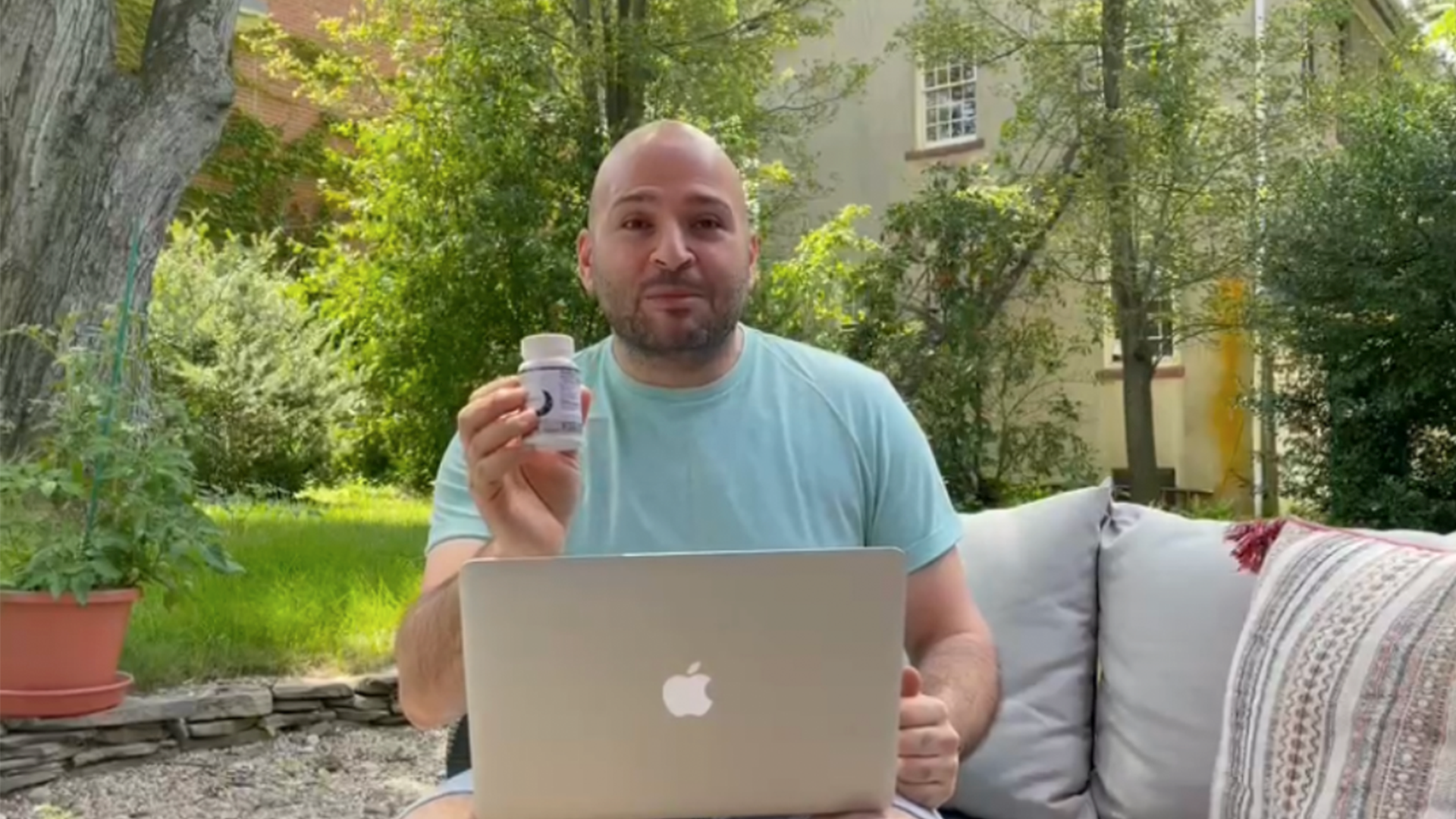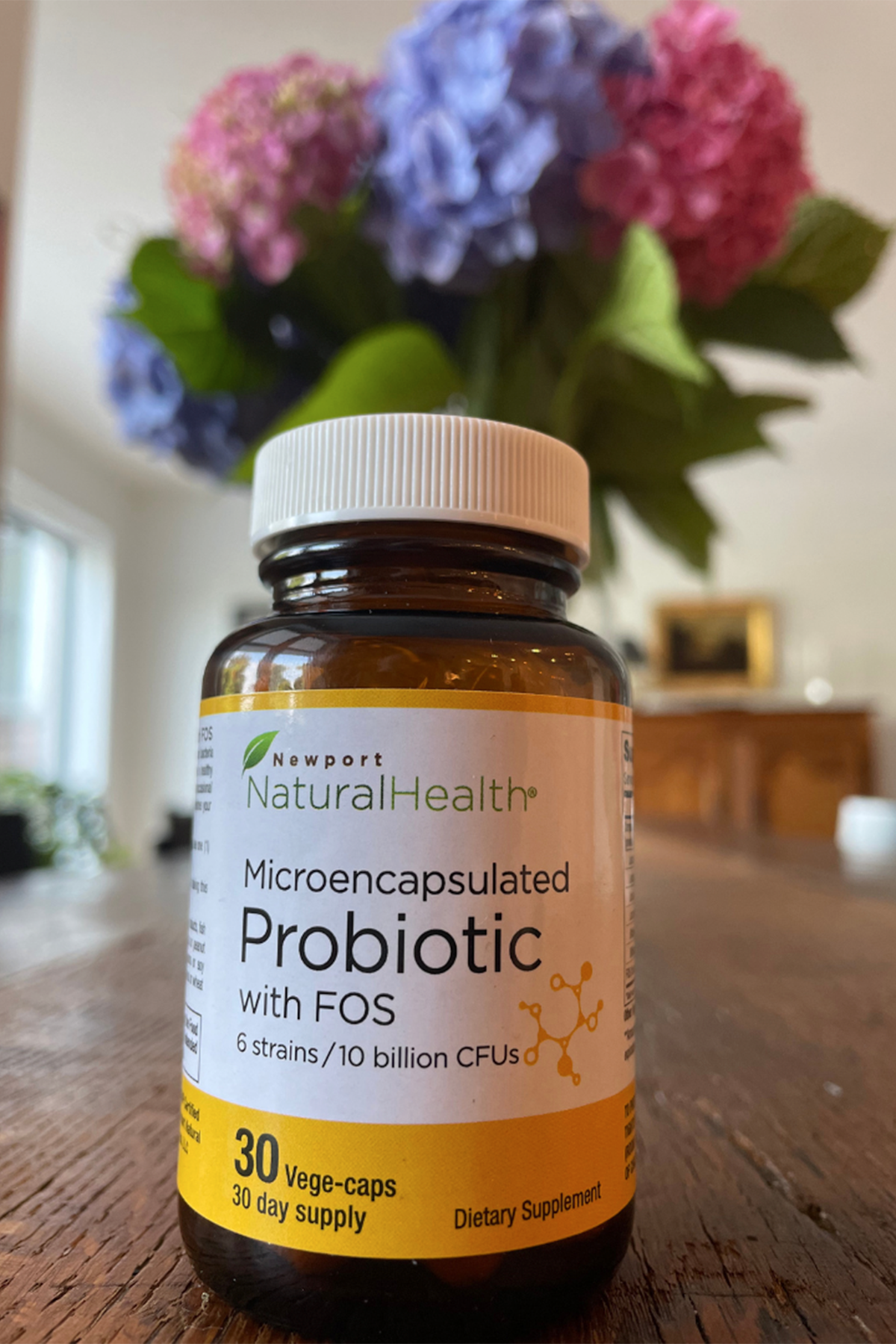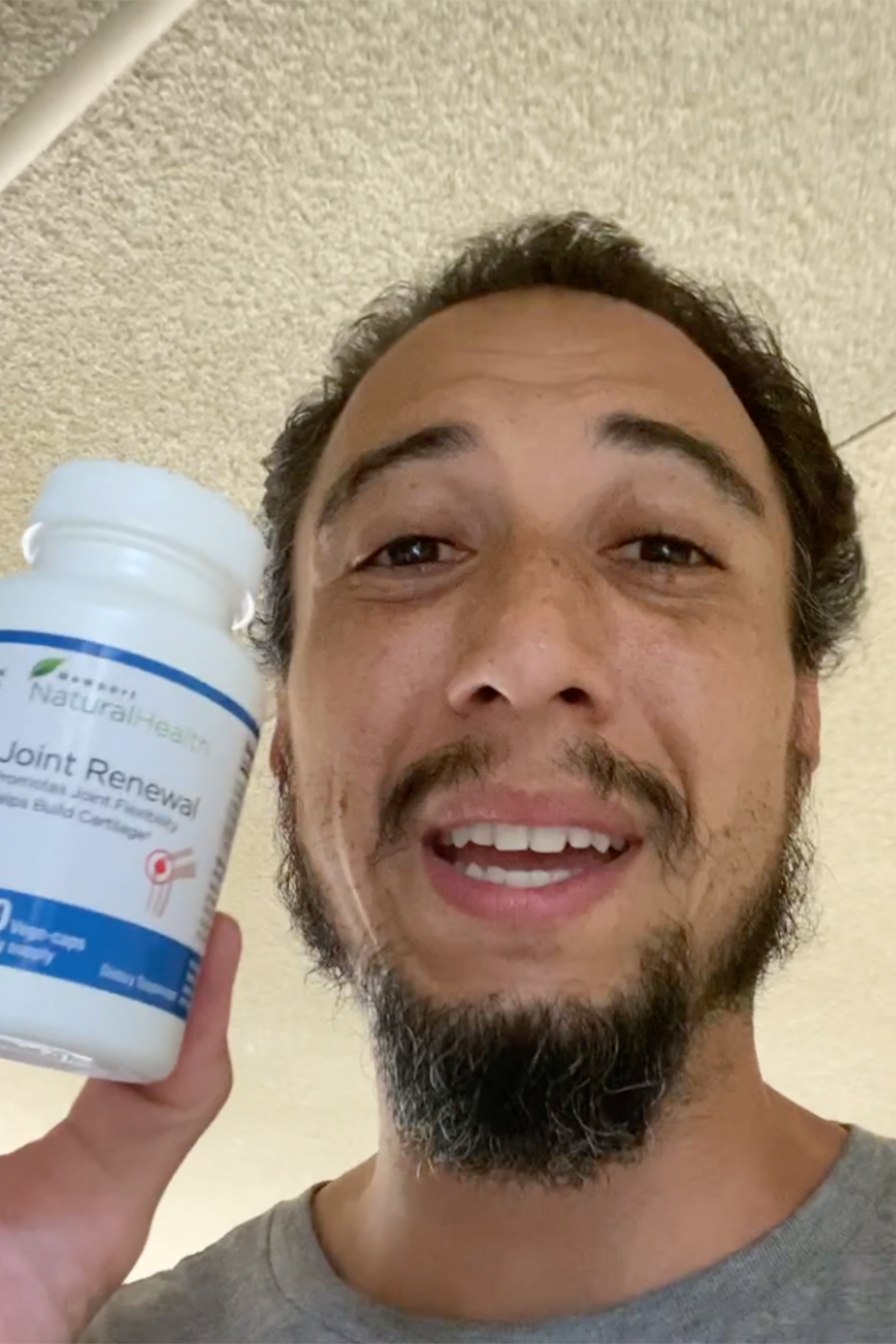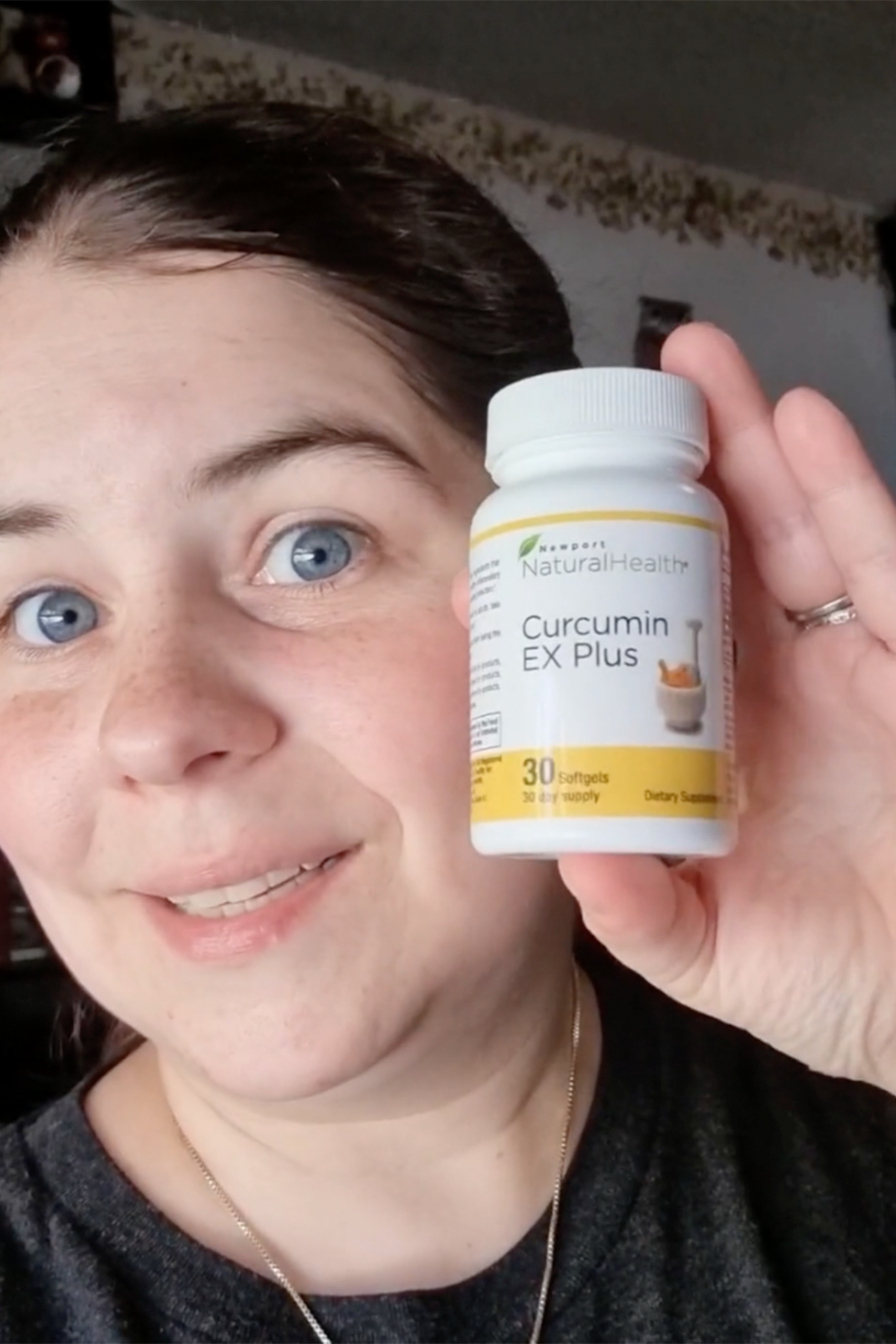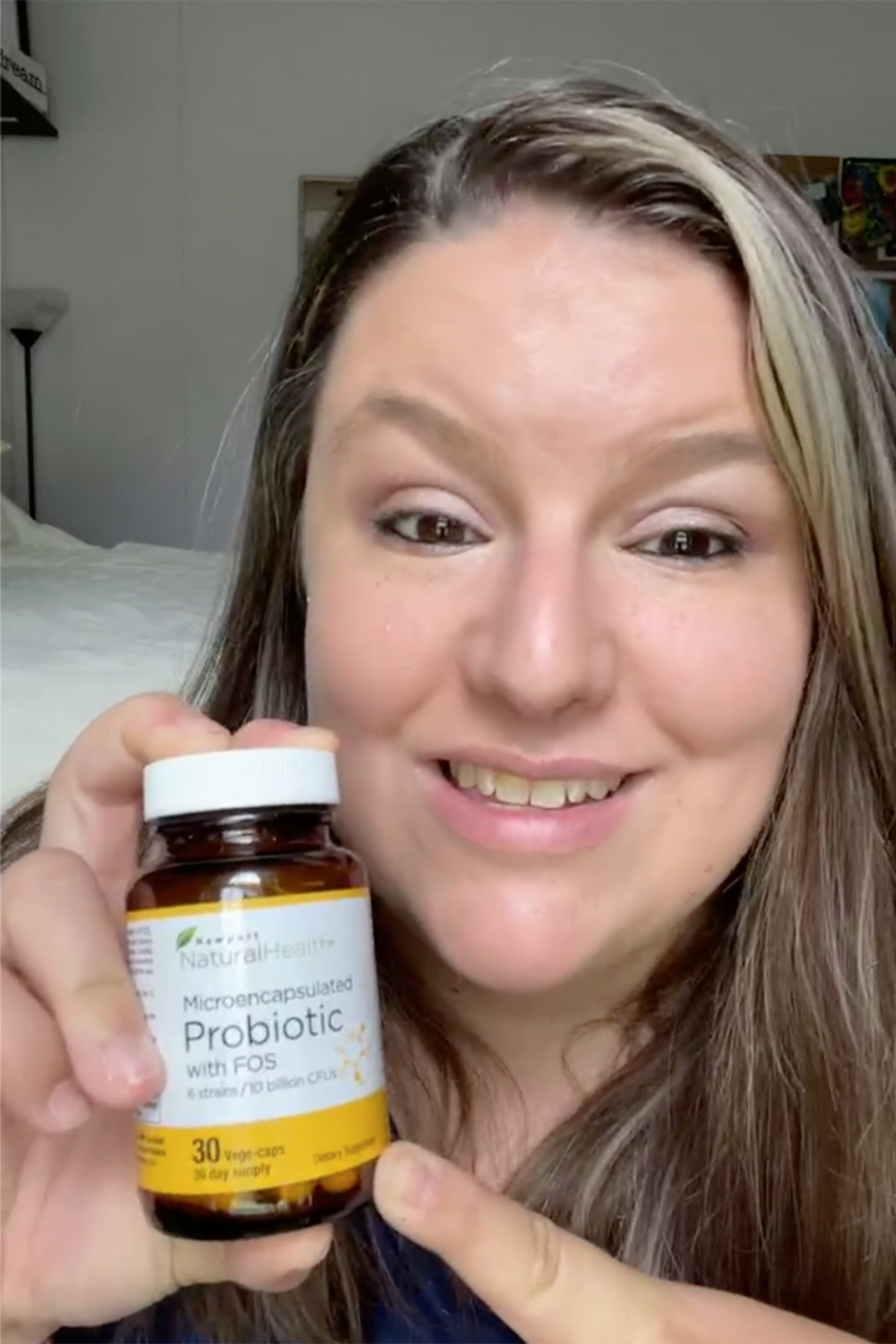My job as a physician and writer is to build bridges between important health news and my readers.
Today’s health news is nothing short of momentous. It’s about an alternative cancer treatment that uses a patient’s unique genetic makeup to effectively kill specific carcinogenic targets—with no drugs, no radiation, and no devastating chemo.
It can also be effective in supporting the conventional treatments that have proven most successful and least harmful.
This “genetically customized” technique is not common in the US—yet—but it’s been used in Europe for years because it works. A simple blood sample tells us how to eliminate every type of cancer except those of the brain and central nervous system.
One size fits one, not all
We’ve made incredible progress in identifying individual genes and their properties.
We’re now able to do a series of tests and analyses that reveals your unique genetic makeup—and your cancer’s. Which genes might make you susceptible to which cancers, where, and how? What’s the genetic profile of your cancer? Where is it vulnerable?
Armed with this information, we can develop a treatment program that works for you and only you. It’s a far and welcome cry from conventional radiation and chemo, which destroy both good and bad cells and weaken your immune system.
Here’s how it all comes together, under the perfectly opaque name of…
Supportive Oligonucleotide Technique (SOT)
Yes, it’s a mouthful. Here’s my shot at building the bridge. It’s a bit complicated and you need to know some key players:
An oligonucleotide is a short RNA or DNA molecule that we can custom-tailor to do a specific job, e.g., to activate or deactivate a gene or genes. It can even follow directions to do several different jobs in a given sequence.
A circulating tumor cell (CTC) is a piece of tumor that has cut loose from the parent tumor and entered the bloodstream. If that sounds bad, it is. But it’s also where we’re finding the greatest promise in detecting and defeating the most common types of cancer.
That’s because some CTCs contain cancer stem cells (CSC), which also can enter the bloodstream—thereby becoming circulating cancer stem cells.
These are a special type of CTC. And they can be a real killer.
CSCs are murderously ingenious
Harmless cells vastly outnumber tumor cells in any given tumor. But 1 (or less) in every 10,000 cells is a killer CSC. What makes them so deadly is their ability to create not only new versions of themselves—but of all the other cells in the tumor.
And if that weren’t bad enough, as the name says, they’re circulating in your bloodstream, looking for vulnerable targets to metastasize into tumors. Once a target is located, the CSC is able to clone itself—and all of the original tumor’s working parts—at the new site. A new tumor is born.
It’s now widely accepted that CTCs/CSCs are cancer’s true villains. CSCs, in particular, are immortal—immune to the life cycle of a normal cell, which eventually dies. This makes them the cause of not just a first cancer, but of new ones elsewhere, and the relapses that often follow conventional chemo or radiation—which never eliminate 100% of the cancer in the first place.
So the goal now is to eliminate CTCs and CSCs. And this is how it’s done.
Lab results and genetic test results work together
We now have very specialized techniques to detect and “capture” CSCs in a blood sample. These CSCs are kept in the lab environment, where they’re observed to see how they grow and tested against scores of possible intervention techniques that might be effective in destroying those particular cancer cells. The diagnostic lab I recommend—the only one of its kind—exposes the CSCs and CTCs to over 100 different natural and chemical substances. Those that prove effective in neutralizing or killing those cells become part of the SOT treatment regimen.
Now your genetic results come into play. A simple blood test helps identify where and how you are genetically vulnerable to an attack by a CSC. Knowing this allows us to create a customized oligonucleotide that will help your genes prevent that attack from ever happening, or from creating a new tumor if it does happen.
There’s another great benefit of SOT. In addition to activating the genes that will prevent tumor growth and new tumors, SOT lets us count the number of CTCs in a simple blood sample. It’s a way to track a cancer’s growth or demise that’s vastly superior—both in precision and in patient comfort—to taking and analyzing a tissue sample.
Indeed, the process has been called a “liquid biopsy,” and once the very difficult task of isolating CTCs has been done, it’s just a counting game: If you had 22 CTCs per ml of blood six months ago, and you have only 2 today…you’re healing.
I strongly recommend this technique
SOT is the most powerful diagnostic tool I’ve ever seen. I recommend it for most of my patients, cancerous or not. The insights I gain into how a person’s body works, at the cellular and genetic levels, help me customize treatment—and even prevention—regimens that work toward true healing.
Ask your doctor about SOT. There’s much more to tell about this true turning point in medical history.
Last Updated: August 16, 2018
Originally Published: December 23, 2015



